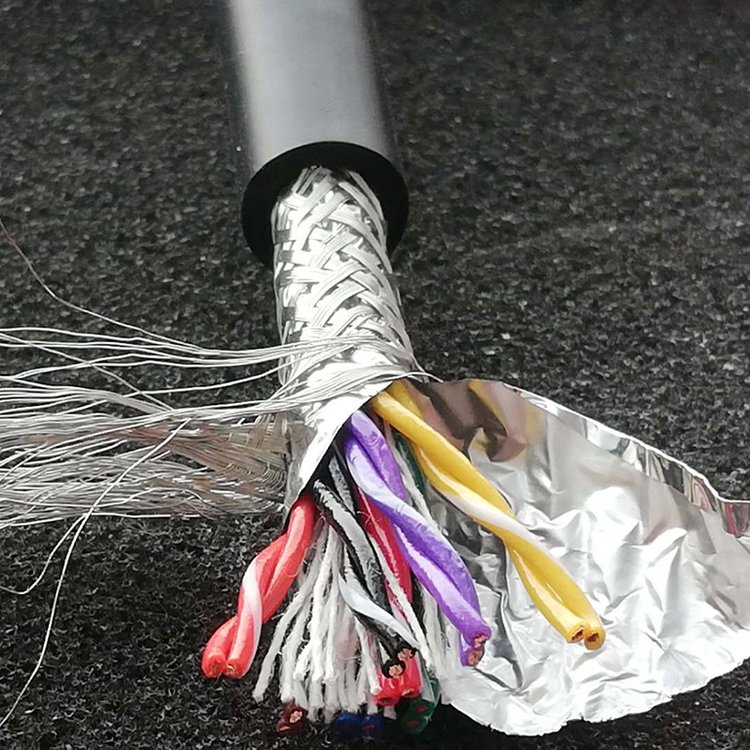Cable shielding aluminum foil is often used for the shielding layer of wires and cables, commonly known as aluminum foil Mylar strip. Aluminum foil for cable shield is used to reduce the interference of external irrelevant signals to the transmission signal. In the entire cable production line, thinner 7μm and 9μm aluminum foil are mostly used. Aluminum foil Mylar is made of metal aluminum foil as the base material, which is laminated with polyester tape (usually PET PP, etc.) after adhesive. Shield insulation around the cable to reduce electromagnetic interference (EMI). The shielded cable allows the external electromagnetic radiation and magnetic field radiation to directly enter the ground without interfering with the inner wires. In general, the shielded cable has two layers of shielding, the mesh braided wire is used to prevent magnetic field radiation, and the cable aluminum foil layer is used to prevent electromagnetic radiation.

Cable shielding aluminum foil require anti-interference to prevent external electromagnetic fields from entering the line. Generally, for lines with higher frequencies and lower signal levels, shielded cables are required. The most common is the cable TV coaxial cable. In addition to the inner conductor, there is a layer of metal mesh on the outside for shielding, which is also one of the signal loops. In addition to the core wire of the copper wire, the communication cable is wrapped with a layer of cable aluminum foil and grounded to play a shielding role. The cable has excellent softness and anti-interference performance. The product specification of cable shielding aluminium foil are:
Alloy: 1235/1050/1060/8011/1100
Thickness mm: 0.01-0.3
Width mm: 200-1240
Cable shielding aluminum foil is an important shield for coaxial cables. It plays an important role in preventing external open circuit interference and cable signal confusion. Therefore, the quality of the aluminum foil of the new coaxial cable should be checked. First, cut the casing to observe the braided mesh and the foil surface to maintain a good sheen. It can also be securely attached to a cut cable covering with a cable cut aluminium clock or without tearing a few straight pieces of aluminium foil, broken repeatedly after the small metal shaft is rotated in the opposite direction, repeatedly rubbed and manually if stretched, acceptable or defective products still lack toughness. In moderately noisy environments, aluminum foil for cable shield alone provides adequate protection. In noisier environments, braid or foil braid shielding should be considered.
